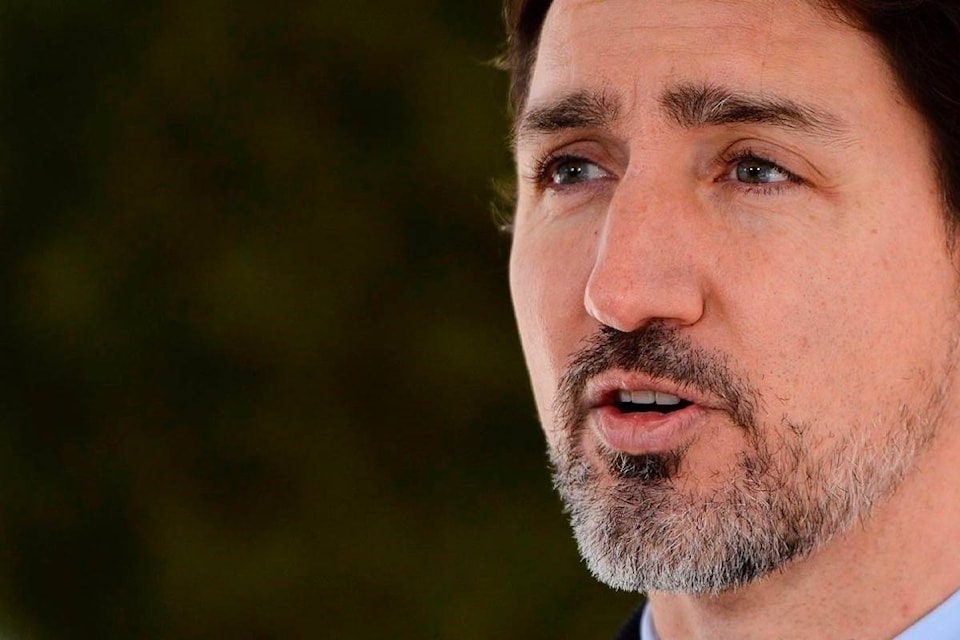A quick look at some of the federal COVID-19 benefit programs and who qualifies for assistance:
Canada Emergency Response Benefit
The CERB pays a monthly $2,000 payment to workers who wouldn’t otherwise be eligible for employment insurance.
That includes wage earners, contract workers, or self-employed individuals; those who’ve had to stay home without pay to self-isolate or care for loved ones; and anyone else who hasn’t been permanently laid off, but has stopped receiving paycheques.
Any Canadian who has stopped working for a 14-day period due to COVID-19 can qualify for the new benefit, which cover a period of up to 16 weeks.
Applications open online and by phone on Monday, April 6, with payments to arrive within five days for direct deposits and within 10 days for cheques by mail.
More information is available at www.canada.ca/coronavirus-CERB
Employment insurance
Any of the 1.3 million Canadians who have applied for EI benefits within the last two weeks and been approved will be moved over to the new emergency benefit when it becomes available. (Some recent EI applicants are slated to start receiving CERB payments within a week, according to Employment Minister Carla Qualtrough.)
Benefits for workers who applied for EI on or after March 15 will mirror CERB payments for the first 16 weeks.
That means Canadians who would have received EI benefits below the $2,000-per-month threshold will now be bumped up to the maximum payment. Those who would normally qualify for more than $500 per week in employment insurance (the maximum benefit is $573 per week) will instead receive the CERB payment of $2,000.
EI-eligible workers will still qualify for their usual benefits, whether lower or higher than $2000-per-month, after the four-month CERB period
Canadians who were already receiving EI will continue to do so and need not apply to the CERB, but can switch to the program if their EI benefits end before October if they remain jobless due to COVID-19.
The government says EI-eligible workers should apply for EI now rather than wait for the CERB application to come online on April 6.
Wage subsidies
The Canada Emergency Wage Subsidy is a federal benefit that will pay 75 per cent of struggling companies’ wages — up to $847 per week for each worker — to keep their employees on payroll.
The $71-billion program includes organizations from bars and restaurants to charities, small businesses and large corporations, and is expected to last three months.
Employees receiving the benefit, which asks employers to cover the remaining 25 per cent of a worker’s wage if possible, cannot apply for other unemployment benefits.
The subsidy program will be available in six weeks, Finance Minister Bill Morneau said Wednesday.
Business loans
Ottawa has also launched the Canada Emergency Business Account, which mandates government-guaranteed bank loans of up to $40,000 for small businesses. The loans will be interest-free for the first year and up to $10,000 can be waived for repayment.
This report by The Canadian Press was first published April 1, 2020.
